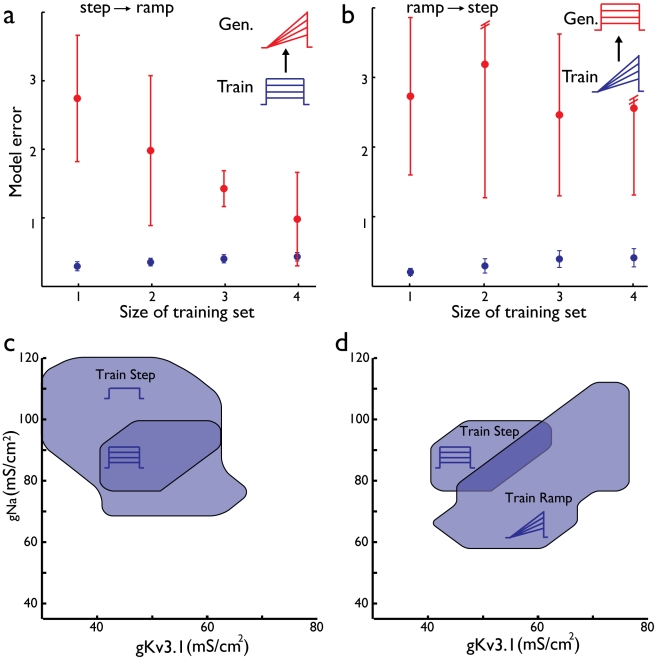Figure 3. Asymmetric generalization for step and ramp current stimuli.
(a) Models were trained on step currents and generalization tested on ramp currents. Mean and standard deviation of training error (blue) and generalization (red) for increasing number of stimuli included in the training set. (b) Models were trained on ramp stimuli and tested for generalization on step stimuli. (c) Space of acceptable solutions for two out of eight ion channel conductances used in this study. Transient sodium (gNa) and fast potassium (gKv3.1) conductances are shown for models trained on one current step (region in light blue) and models trained on four currents steps (dark blue). (d) Space of acceptable solutions for both step and ramp stimuli (four stimuli in each case) for the two ion channels depicted in (c). The intersection area (darker blue) represents solutions that are consistent with both stimuli types.

